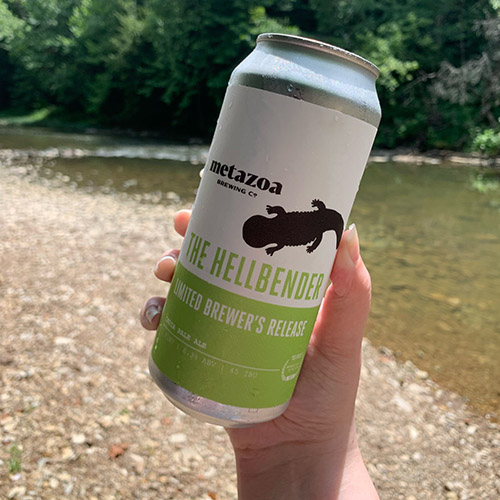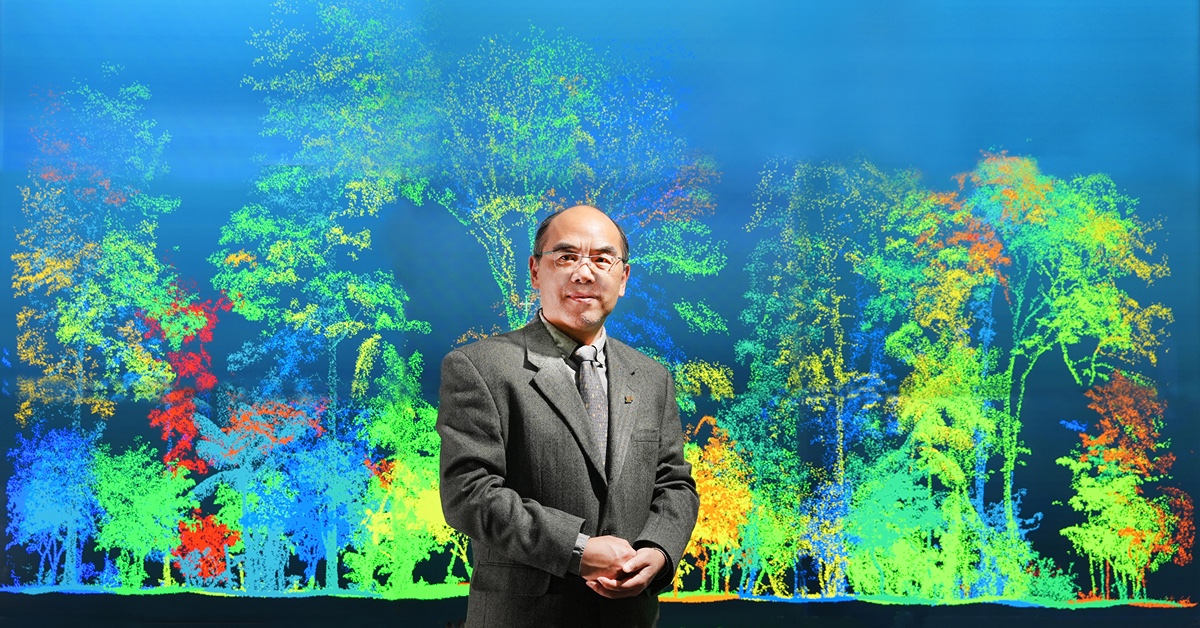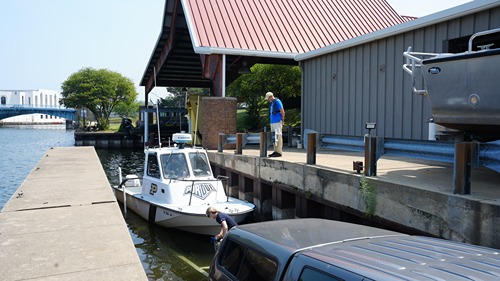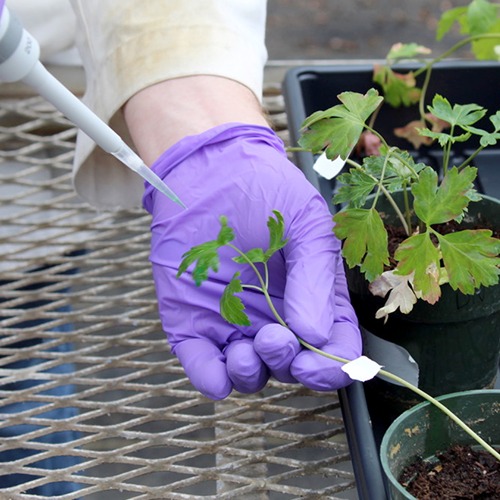The Sloan Indigenous Graduate Partnership (SIGP) is an organization of 11 universities funded by the Alfred P. Sloan Foundation to support the inclusion of Indigenous perspectives and knowledge in higher education experiences. The SIGP program at Purdue, created in 2007, endeavors to help students in graduate degree programs and scholars seeking to address issues relevant to Indigenous communities, and to prepare participants for success in their professions.
Through this program, eligible Indigenous graduate students in science, technology, engineering and math fields become Sloan Scholars and receive funds to support their education, living expenses, conferences and travel. Three students are currently enrolled in SIGP in Purdue’s College of Agriculture, and there are 21 alumni. The retention rate of Purdue Agriculture Sloan Scholars is 100%.
At Purdue, much of what the SIGP program offers is facilitated through the Native American Education and Cultural Center (NAECC). According to Director Felica Ahasteen-Bryant, who is Diné herself, the NAECC becomes a “second home” for Sloan Scholars and other Indigenous Peoples on campus. Sloan Scholars find community, connect to their culture, build supportive networks and enjoy talking and craft circles at the center.
The Sloan Scholars meet weekly for a seminar course in the center where they hear from speakers across disciplines, share their own perspectives and have a chance to practice presenting research to their peers. Each student is also mentored by a faculty member through their academic journey.
STORIES FROM SLOAN SCHOLARS OF PURDUE AGRICULTURE
BeKa Leuschen-Kohl, PhD Candidate and Graduate Research Fellow in Botany & Plant Pathology
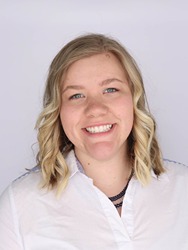
Enrolled member of Choctaw Nation of Oklahoma
“Much of my research and my love of plants began with my grandmother, Norma, who can grow almost anything in her garden. As an undergraduate at Simpson College, I was a George Washington Carver Fellow, where I conducted a personal research project on how Carver worked with Indigenous peoples and brought a western scientific lens to the nutrient exchange prominent in the Three Sisters Garden. Now, I work in Anjali Iyer-Pascuzzi’s lab, and I’m studying how members of the nightshade family, like tomatoes and peppers, perceive and respond to microbes in the soil. Specifically, I study how cell-surface receptors sense bacterial peptides and trigger immune responses in plants. In my free time, I’ve also helped restore the Native seed population in the Chahta yakni aboha (Choctaw Native homeland) for the Choctaw Nation Growing Hope Program, which aims to revitalize traditional Chahta food and promote healthy living through gardening.”Makani Fisher, recent doctorate from the Department of Entomology
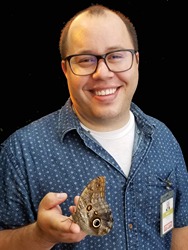
Pacific Islander of Hawaiian heritage
“I’m a mix of 19 different ethnicities, but my Pacific Islander grandparents and father got me interested in insects as a child. One of my first memories is them helping me find a monarch caterpillar and rear it into an adult butterfly. While I worked with Stephen Cameron in entomology, I studied an interesting group of tiger moths that feed on lichens. Lichens, those colorful things found on rocks and trees, are a conglomerate of fungus and algae that usually have nasty chemistry to avoid being eaten. The tiger moth caterpillars, however, take in lichen chemicals for their own defense against predators. My research investigated this evolutionary relationship and will hopefully keep these enigmatic creatures and their ecosystems around for years to come.”
Kylle ‘Alohilani Mīnei Roy, recent doctorate from the Department of Forestry and Natural Resources
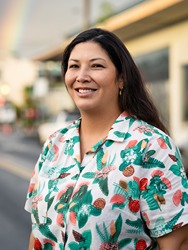
Native Hawaiian
“In recent modern history, not many Native Hawaiians are represented doing science, although we were always great scientists. It’s a natural thing for us to work on, to observe nature and tell stories about it. I studied the chemical ecology of Rapid ʻŌhiʻa Death (ROD). ROD is killing the native keystone tree species of Hawaiʻi, ʻōhiʻa lehua. I developed management strategies to control the beetles that spread the fungal pathogens, and I paved the way for early detection and monitoring methods. I was able to learn chemical ecology techniques and take them back home to Hawaiʻi thanks to my advisor Dr. Matt Ginzel and the SIGP. I have not had many people who look like me to look up to, and I hope that my existence can help more Native Hawaiians obtain higher degrees and positions where their input is taken into consideration for land management and political decisions.”Ahasteen-Bryant has several fond memories of seeing students through the program. “It’s difficult to transition from tribal colleges and minority institutions to the large campus at Purdue. I always enjoy getting to watch students’ progress over time, and many of them stay in contact with us long after they’ve graduated. I’m filled with pride as our SIGP alumni excel in their careers and excited when they return to the NAECC with their families.”

